| Product Name | Application and rate |
|---|---|
| Mycoroot™ Supreme | Home Garden |
| Flower beds | Calculate 5 ml of Mycoroot™ Supreme per seedling. Incorporate into the soil before planting. The Mycoroot™ Supreme product is not affected if beds are allowed to stand for a while before planting. Water flower beds after planting. |
| Container plants | Repotting of container plants or transplanting from nursery bags apply 5ml – 20ml (larger plants require more product) of Mycoroot™ Supreme per pot placed at the bottom of the planting hole. Gently loosen roots and soil at base of plant and place in hole, fill with growing media or soil and water after planting. Ensure pots are well drained. |
| Transplanting seedlings | 5ml of Mycoroot™ Supreme per seedling placed at the bottom of the planting hole. Water seedlings after planting. |
| Growing from seed | Calculate 1ml of Mycoroot™ Supreme per seed. Mix well into growing medium or soil. Water gently after covering the seed. |
What are mycorrhizal fungi?
- Mycorrhiza literally means “fungus root”
- These are beneficial fungi found in undisturbed soils
- These fungi form a symbiotic, mutually beneficial relationship with 90% of all plant roots
- The host plant receives mineral nutrients from the fungus
- The fungus obtains sugars from the host plant
- There are several types of mycorrhizal associations
- The most commonly encountered are the arbuscular mycorrhizal (AM) fungi.
How do they function?
- The fungus grows by means of fungal filaments called hyphae
- The filaments grow both inside and outside of the roots
- The fungus is intimately associated with the plant roots
- Providing a link between the soil and the plant
- They extend the plant rooting system improving root functions
- They allow for better exploitation of the soil environment
- They increase surface area available for nutrient uptake
- They make nutrients soluble which are normally not accessible to plant roots
- They influence the soil environment covered by the fungal filaments
- Encouraging growth of beneficial bacteria and other non disease causing fungi
- They ward off unwanted organisms which can cause plants diseases
- Such as eelworms and root rot
- They produce a biological glue
- That promotes soil stability and increases moisture penetration and aeration of the soil

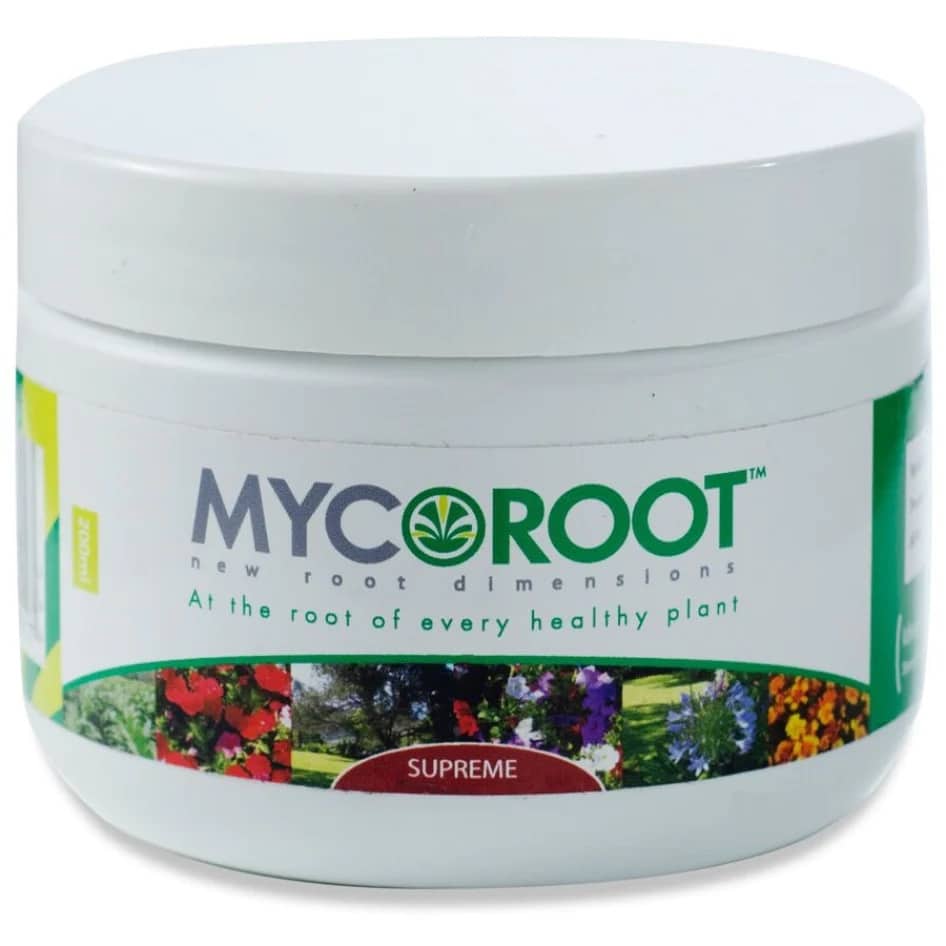
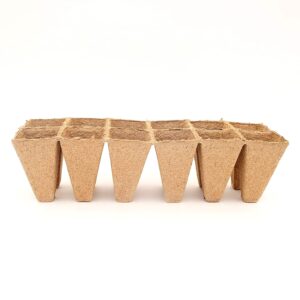

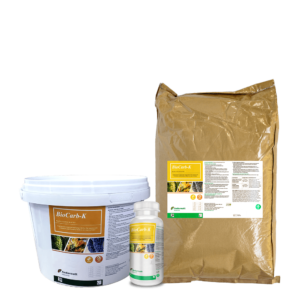
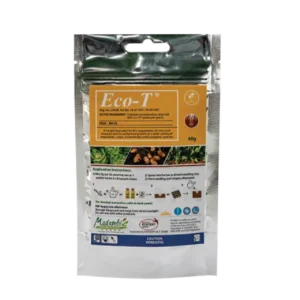
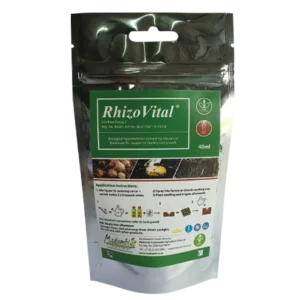

Reviews
There are no reviews yet.